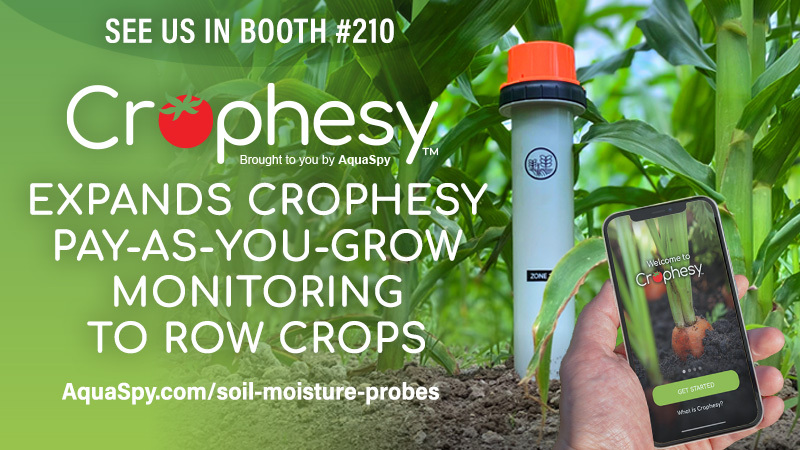Sudden Death Syndrome Appearing in Soybeans
Jill Scheidt, agronomy specialist with University of Missouri Extension, scouted fields west of Lamar, near Hwy 160 and Hwy 43 for the crop scouting update.
Printed reports are sent out one week after the report to allow subscribers to phoned reports the full benefit of their subscriptions. Barton County MU Extension sponsors the field scouting report. For more information on the scouting report, or to learn how to receive the information earlier by telephone, contact the Barton County Extension Center at 417-682-3579.
Soybeans ranged from bloom to seed development stage.
“No pod feeding was seen, but most fields had been treated with an insecticide,” said Scheidt.
To differentiate between larvae in the field, locate the prolegs in the middle of the body. Soybean looper has two sets of prolegs, cloverworm have three sets of prolegs and podworms have four sets of prolegs. Soybean looper and cloverworm are primarily foliage feeders.
Threshold for podworms and green stinkbugs are one per foot of row or when five percent of pods are damaged.
“Green stinkbugs cause reduced quality and seed size. They have piercing-sucking mouthparts, so feeding appears like bruises on the pod and stem instead of holes. Podworms have chewing mouthparts, along with grasshoppers and bean leaf beetles, so their feeding appears as holes in the pods,” said Scheidt.
Scheidt has seen Sudden Death Syndrome and potassium deficiency in fields the past 2-3 weeks.
“Sudden Death Syndrome (SDS) is a soil borne fungus, so foliar fungicides do not control the disease,” said Scheidt.
Resistant varieties, seed treatments, crop rotation and controlling soybean cyst nematode are suggested control options. SDS shows up during the reproductive stage on upper leaves; the leaf veins remain green, and the rest of the leaf has yellow lesions that eventually turn the leaf area between the veins brown.
“High moisture during the vegetative stage and below normal temperatures during bloom favor the development of SDS. SDS is usually in bottom and irrigated fields,” said Scheidt.
According to Anthony Ohmes, MU Extension agronomy specialist, the later SDS symptoms show up, the less yield loss associated; average yield loss is five to 15%.
“Potassium deficiency appears as burning of the leaf edges and is identified by yellowing of leaf edges, followed by necrosis that usually occurs on older leaves first,” said Scheidt.






